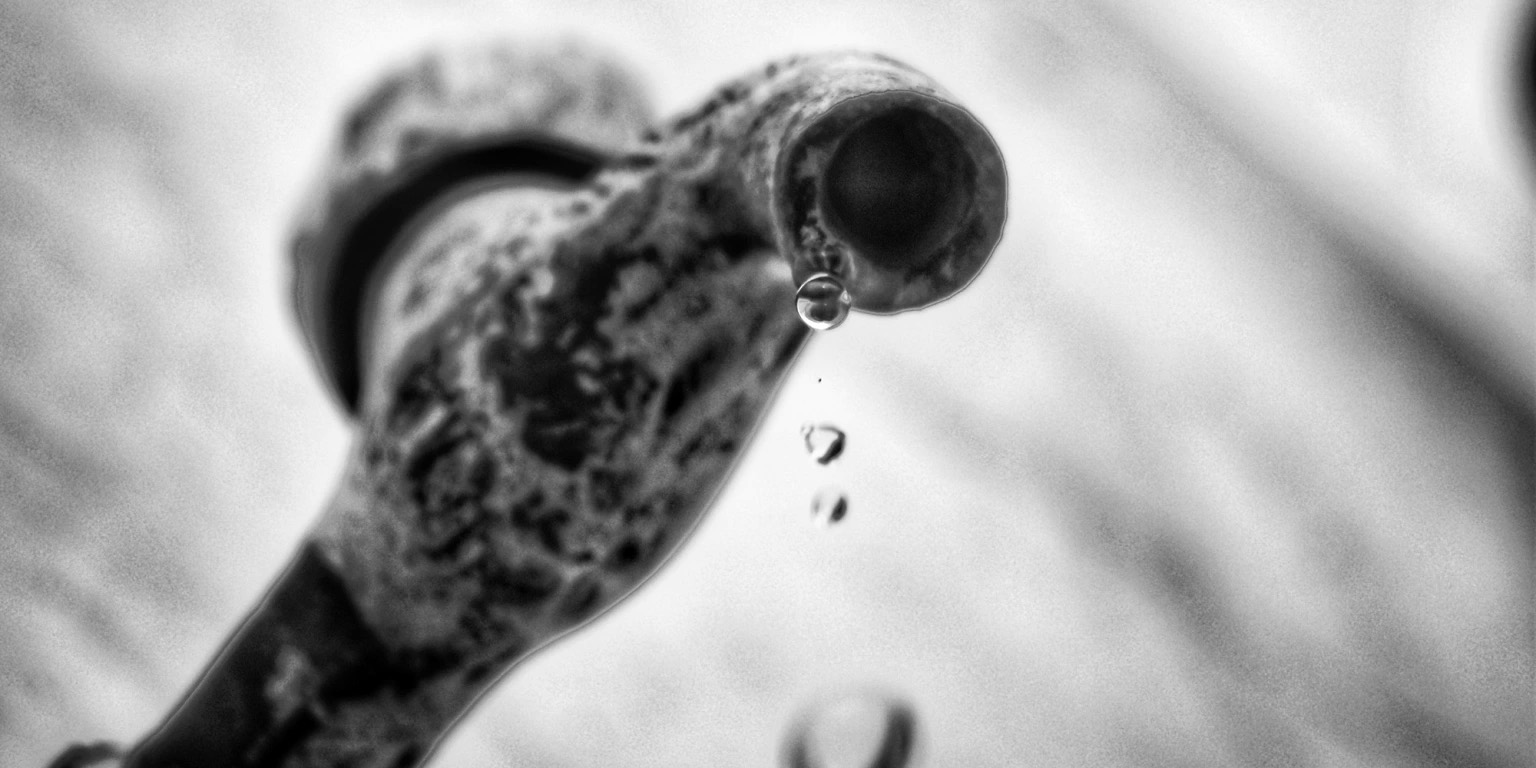Question: Where is the system at as we reach the end of the 86-hour switch-off?
Answer: The system is currently constrained. However, we will closely monitor the recovery to ensure equitable distribution of water supply across all affected areas [Radebe said on the morning of 17 December]. Most of the reservoirs are steadily filling up. We are working closely with the municipalities that were impacted by the maintenance to ensure faster recovery. The objective is to minimise disruptions and ensure complete recovery in the shortest period [Radebe added on the afternoon of 17 December].
[Most impacted community groups are reporting low to no supply, with low pressure where there is supply. It could take up to 14 days to return to normal supply. Areas Daily Maverick knows have not had water often for weeks include Melville, Parktown North, Cyrildene, Coronationville, Kensington, Bruma, Hursthill, Jan Hofmeyr and parts of Soweto.]
Q: This was the third phase of an intricate infrastructure upgrade at Eikenhof. How will it ease Gauteng’s water problems, which have been chronic this year?
A: The upgrade enhances the flexibility of the Eikenhof system, which is one of the most crucial parts of the engine room. It enables maintenance and repairs of individual pumps without disrupting any water supply to customers.
Q: Eikenhof, a pumping station, also regularly suffers power cuts, which have led to water cuts several times in the past two years. How is that problem being fixed?
A: To mitigate power interruptions, Rand Water has been collaborating with City Power to improve supply reliability at Eikenhof. City Power has started plans for the construction of the new substation at Mondeor, which will serve as the back-up supply to Eikenhof.
Q: Could you explain, again for us ordinary people, how the system is restored? Why may it take five to 14 days for recovery even after Rand Water achieves its targets?
A: Most reservoirs would have depleted after the 86-hour shutdown duration, hence the gradual filling of empty reservoirs and the entire pipeline network. Restoring the system involves a phased process. Once the shutdown is completed, water flow is gradually pumped into the pipelines to charge them and prevent pressure surges. Reservoirs are then refilled. Recovery times vary because the network is huge, and some reservoirs are located at higher areas requiring more time to refill.
Q: Have you slept in the past three days?
A: The team has worked tirelessly throughout the shutdown to ensure that the work is completed as planned. Teams have been working on a rotational basis for fatigue management.
Q: How big was the team working on the project?
A: The work programme consisted of 22 work packages, which involved about 250 employees (including Rand Water employees and contractors) working on a rotational basis (shifts).
Q: Was the timing really ideal as Rand Water initially said (businesses and schools are closed)? It was a heatwave and people were beginning their festive season.
A: The shutdowns are scheduled during a period when demand is relatively lower due to the closure of schools and businesses to minimise the impact.
Q: Many residents believe the notification and timing were inadequate for the shutdown. How do you respond to this?
A: The impacted municipalities were given 21 days’ notice, which was sent on 13 November 2024.
Rand Water has advised affected residents:
- Low-lying areas recover first as water flows more easily to them.
- High-lying areas take longer.
- If the water network (pipes, reservoirs, towers) were heavily depleted, it will take time to refill before the water reaches your taps.
- At first, reservoirs and towers may be partially filled and can lead to intermittent supply as the system stabilises.
- Airlocks or bursts in pipes due to increased pressure can also slow down the process. DM





